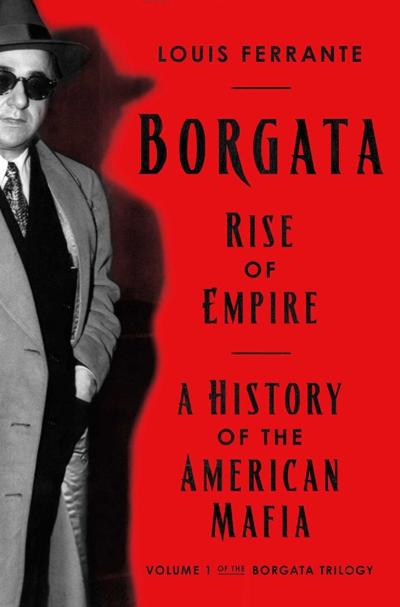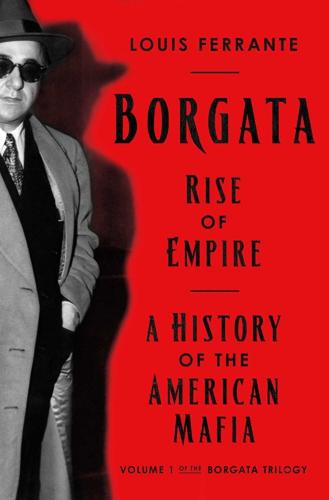"Borgata, Rise of Empire: A History of the American Mafia" by Louis Ferrante, Pegasus Books, 400 pages
A Louisianan might be attracted initially to Louis Ferrante’s ambitious underworld chronicle because of his assertion that when the Mafia migrated from Sicily to the U.S., New Orleans was its first new home.
Finding this city compatible because of its rampant corruption in the docks, police department and other arenas, it gave new underworld figures a familiar milieu for their criminal ambitions. Ferrante wryly comments that in New Orleans, “even a top cop had beat a murder rap.” In addition, the climate, predominantly Catholic religious environment, and somewhat Mediterranean lifestyle made for greater comfort than cold and impersonal New York.
Before launching into the narrative of the earliest mobsters to arrive, the author gives a history of the development in Sicily of tight-knit family groups (not entirely just one family in some cases) headed by a strong man designated as a “godfather” or “don.” These organizations were formed to protect the citizens, particularly women, from the succession of foreign invaders who were a constant threat to the island.
In the mid-1800s and into the early 1900s, a great wave of Italian immigrants arrived at Ellis Island. At first they attempted to find work and housing in New York, but those who were not sent back as “undesirable” found the prejudice against Italians so strong and pervasive that many chose to migrate, not only to New Orleans but other parts of the Eastern Seaboard and elsewhere. Even in New Orleans, where the Mafia was headed by the Matranga family, they were not generally welcome, yet the Mafia organizational pattern persisted.
Gradually, particularly in the 1930s and afterward, the New Orleans phase faded and the Mafia scene shifted to New York, leaving New Orleans with a diminished presence in the crime world. Dons with familiar names in crime history like “Lucky” Luciano and Meyer Lansky seized control of the mob in New York. “Dutch” Schultz, who was of German background, was the leader in Harlem, along with resident Italians and Jews. The Black criminal element had its own leaders. Upon the death of Schultz, Luciano bullied their leader, “Bumpy” Johnson into joining ranks with the Mafia.
The greatest part of the book recounts the intrigues, killings, loyalties, betrayals and areas of activity of this network of people who have chosen to live outside the law. Prostitution, theft, bribery, murder, extortion, drug dealing, union and shipping crimes, and a host of other anti-social activities are recounted in detail, always including the colorful argot of the underworld.
As an expert practitioner of large-scale theft, Ferrante is a convicted and seemingly reformed member of the Gambino clan who used his seven years in prison to educate himself and learn how to be a writer. "Borgata" is his fifth book, which promises to reap more honors to accompany the literary prizes his previous books have garnered.
The second volume of the trilogy is due in November, and perhaps it will tell us more about the forays of the Mafia on the West Coast, in Las Vegas and in Cuba. Maybe we will eventually learn the story of Carlos Marcello and the power he wielded in New Orleans when the Mafia made a big comeback in the Crescent City.


